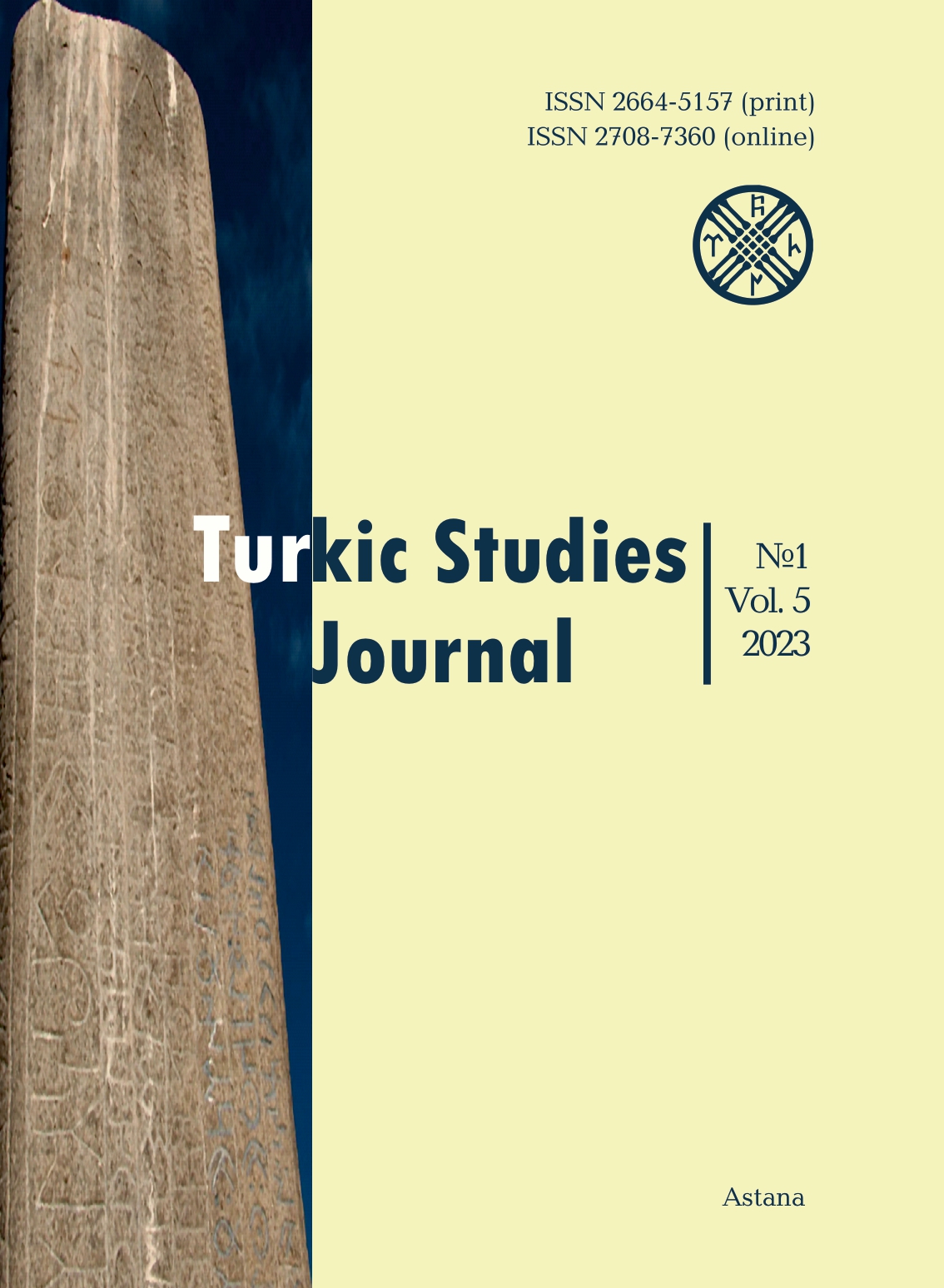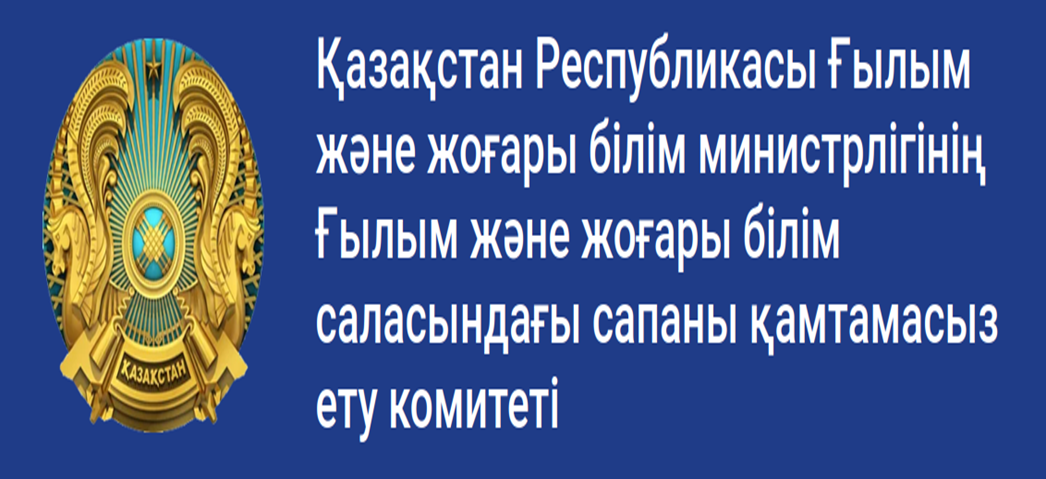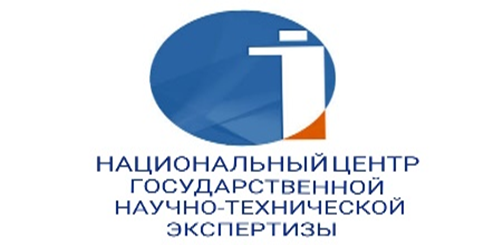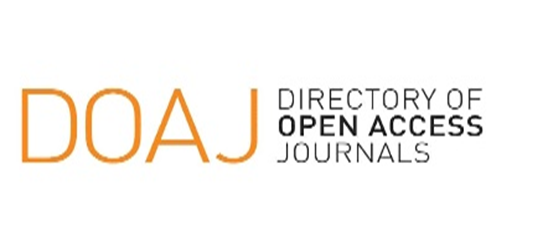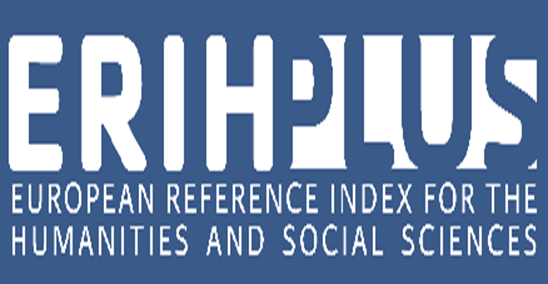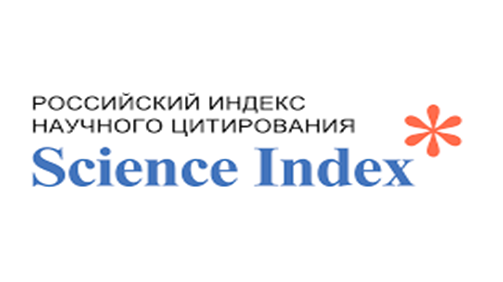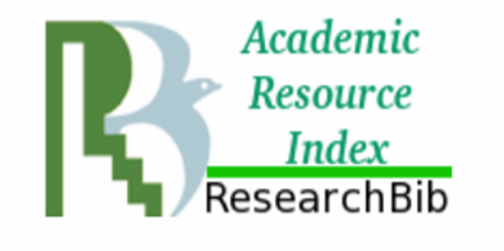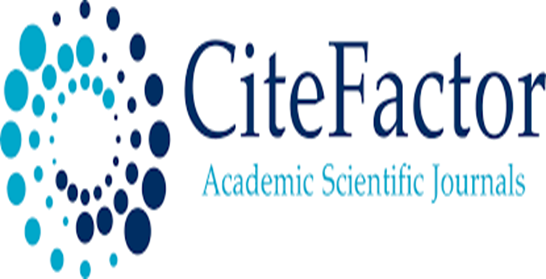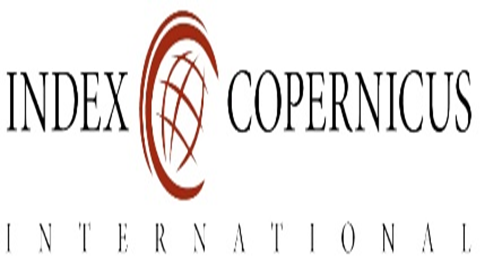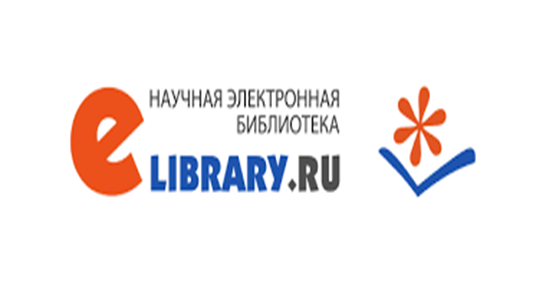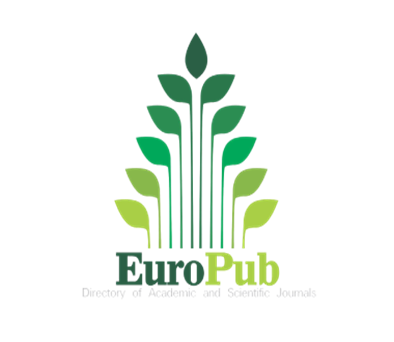Tree of the clan in the «Daftar-i Činggis-name»
Views: 379 / PDF downloads: 261
DOI:
https://doi.org/10.32523/2664-5157-2023-1-20-35Keywords:
«Daftar-i Činggis-name», «Oguz-name», clan attributes, the tree of the clan, ethnography of Southern Siberia and the Volga region, linguo-geography, geobotanyAbstract
The article is aimed to analyze the role of trees of clans of the Volga region peoples based on the monument «Daftar-i Činggis-name», a source of the 17th century, written by an anonymous
author. According to my current knowledge, there is no other Turkic-monument that is known for all
four attributes of the clan at the same time, i.e. a tree, a bird, a tamga, and an uran (battle cry). These attributes are constant characteristics of the clan and express “we are the consciousness” of society,
distinguishing this group from the others. This article considers only the tree of the clan from the
specified attributes. Sixteen names of Daftar trees were studied by means of linguo-geographic and geobotanical methods. It turned out, that three trees have a very wide botanical and geographical
distribution, which covered the whole Eurasia and were known to all Turkic peoples. Another group
(of four trees) was typical in the Volga-Kama region. Five trees were indigenous in the Ciscaucasia, but
their linguo-geographic range extends from the Chuvash to the Caucasian languages. From the other four trees, two turned out to be Mongolian, and two were Persian borrowings.
In the framework of the systematic study of trees of clans, it was possible to determine the habitat, lifestyle, and also nomadic routes of some clans. For better understanding of the names of trees of clans, a table is given at the end of the article, with marked individual areal groups of trees. The author of
the article notes the lack of knowledge of clan attributes and the system of clans in the Golden Horde.
Downloads
Reference
Абдулгаффар Кырыми, 2014. Умдет ал-ахбар. Книга 1: Транскрипция, факсимиле. Серия «Язма Мирас. Письменное наследие. Транскрипция Дерья Дерин Пашаоглу; отв. редактор И.М. Миргалиев. Казань. Институт истории им. Ш. Марджани АН РТ.
Андреев И.Г., 1998. Описание средней орды киргиз-кайсаков. Алматы: Гылым. 232 с.
Әхмәтҗанов М., 1995. Татар шәҗәрәләре [Татарская генеалогия]. Казань: Tatarstan kitap
nešrejati. 127 с.
Дмитриева Юдит, 2001. Чувашские народные названия дикорастущих растений. Дебрецен. 211 с.
Исхаков Д.М., 1995. К вопросу об этносоциальной структуре татарских ханств (на примере Казанского и Касимовского ханств XV – сер. XVI вв.). Панорама−Форум 3. С. 95-107.
Кузеев Р.Г., 1974. Происхождение башкирского народа. Mосква: Наука. 570 с.
Кузеев Р.Г., 1960. Башкирские шежере. Уфа: Башкирское книжное издательство. 303 с.
Неклюдов С.Ю., 1981. Мифология тюркских и монгольских народов // Тюркологический Сборник 1971. Москва. С. 183-202.
Рашид ад Дин Фазлаллах, 1952. Джами ат таварих (Сборник летописей). Том I/1. Перевод с персидского Л.А. Хeтагурова. Редакция и примечания А.А. Сменова. Москва−Ленинград: Издательство Академии Наук. 125 с.
РД/Хетагуров → Рашид ад Дин Фазлаллах.
Сагалаев А.М., Октябрьская И.В., 1990. Традиционное мировоззрение тюрков Южной Сибири. Знак и ритуал. Новосибирск: Наука. 209 с.
Скрынникова Т.Д., 1997. Харизма и власть в эпоху Чингисхана. Москва: Восточная литература. 216 с.
Султанов Т.И., 2001. Поднятие на белой кошме. Потомки Чингисхана. Алматы: Дайк-Пресс. 273 с.
Birtalan Á., 2001. Die Mythologie der mongolischen Volksreligion. Wörterbuch der Mythologie. I. Abteilung, Die alten Kulturvölker. 7/2. H. W. Haussig (ed). Stuttgart: Klett−Cotta. P. 88-1097.
BN/Thackston → Zahiruddin Muhammad Babur Mirza
Danka B., 2019. The ‘Pagan’ Oγuz-nāmä.Wiesbaden: Harrassowitz Verlag. 377 p.
Derin Paşaoğlu D., 2014. Abdulgaffar Kyrymi, Umdet al-Ahbar. Issue 1. Transcription, facsimile. Kazan: Institut Istorii i. Š. Mardžani AN RT. 420 p.
Doerfer G., 1965. Türkische und mongolische Elemente im Neupersischen. Bd. II. Wiesbaden: Franz Steiner Verlag. 671 p.
Harva [Holmberg] U., 1922. Der Baum des Lebens. Helsinki (Annales Academiae Scientiarum Fennicae XVI). 182 p.
Ivanics M., Usmanov М. A., 2002. Das Buch der Dschingis-Legende (Däftär-i Čingis-nāmä) Band I.
Studia uralo-altaica 44. Szeged: Department of Altaic Studies, University Szeged. 324 p.
Jahn K., 1969. Die Geschichte der Oġuzen des Rašīd ad-Dīn. (Österreichische Akademie der Wissenschaften, Philosophisch-Historische Klasse, Denkschriften 100., Forschungen zur islamischen
Philologie und Kulturgeschichte IV.). Graz–Wien–Köln. 78, 7 plates, 26 facsimile.
Kargı Ölmez Z., 1996. Ebulgazi Bahadır Han: Şecere-i Terākime. Türkmenlerin Soykütüğü. Ankara:Simurg. 559 p.
Kőhalmi U.K., 1999. Die Mythologie der Mandschu-Tungusischen Völker. Wörterbuch der Mythologie. Götter und Mythen in Zentralasien und Nordeurasien, 7 (1), E. Schmalzriedt & H. W. Haussig (eds). Stuttgart: Klett-Cotta. P. 1-170.
Ögel B., 1971. Türk Mitolojisi. Cilt 1. Ankara: Türk Tarih Kurumu. 657 p.
Rashiduddin Fazlullah, 1998–1999. Jamiʿu’t tawarikh. Compendium of Chronicles. A History of
the Mongols I-III. Translated and Annotated by W. M. Тhackston. (Sources of Orien tal Languages &
Literatures 45. Central Asian Sources IV). Part I. Cambridge: Harvard University. 240 p.
RD/Jahn → Jahn.
RD/Тhackston → Rashiduddin Fazlullah.
Róna-Tas A., Berta Á., 2011. West Old Turkic: Turkic Loanwords in Hungarian. With the assistance of László Károly. Part I: «A–K». (Turcologica 84.). Wiesbaden: Harrassowitz. 618 p.
Roux, J.P., 1999. Die alttürkische Mythologie. Wörterbuch der Mythologie. I. Abteilung, Die alten
Kulturvölker 7/1. E. Schmalzriedt & H. W. Haussig (eds). Stuttgart: Klett-Cotta. P. 175-277.
Steingass F., 1930. A Comprehensive Persian-English Dictionary. London: Rutledge–Kegan Paul.
p.
Tekin T., 1993. Irk bitig. The Book of Omens. Wiesbaden: Harrassowitz. 132 p.
Zahiruddin Muhammad Babur Mirza, 1993. Baburnama. I‒III. Turkish Transcription, Persian Edition and English Translation by W. M. Thackston, Jr. (Sources of Oriental Languages & Literatures 18.) Cambridge Mass.

